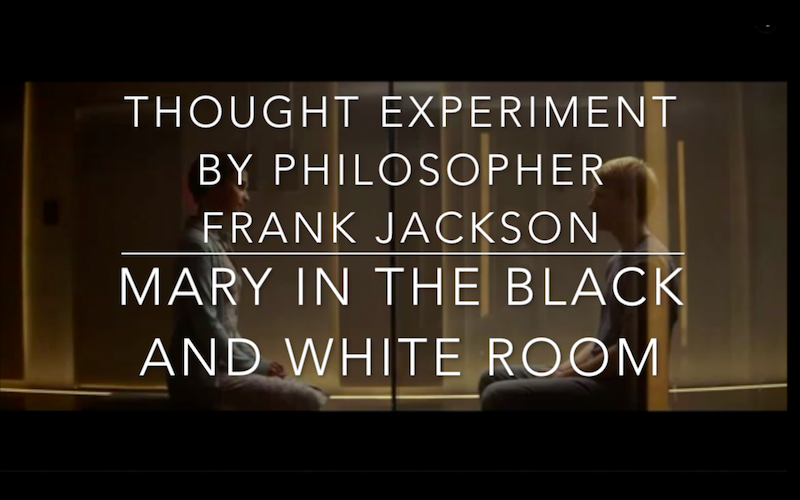Agility Qualia: the black and white room of Agile
You are trapped in the black and white room of agile’s rainbow. And you cannot be sure you are not, until you find out and conquer your qualia.
I started to learn about agile many years ago.
At the time agile was new. Books and articles were quite rare compared to now. And almost no-one around me was doing agile.
I started to learn and experiment with the technical practices, to later move into collaboration and team practices, and so on.
Beside my observations of what was working and what wasn’t, there was no other means for me to check if I was missing something fundamental, if I was practising things as intended, if I fully made the switch to the new paradigm and the new mindset, or not.
A similar situation was described by a philosopher in an interesting thought experiment also known by the name Mary in the black and white room.
Mary is a scientist who knows everything there is to know about colour.
But she was born and raised in a black and white room, and her only contacts with the outside world are black and white television monitors.
One day Mary exits the black and white room and experiences for the first time colour.
Does she learn anything new about colour? What did she not know before?
The answers to these questions have a name: Qualia.
A few years later, just like Mary, I left my black and white room of agile’s rainbow, to find out and try to conquer my agility qualia.
I joined Scuderia Ferrari F1 racing team, a fast-paced and turbulent environment where I could put to the test my agile practice.
I learned and experienced a variety of agile frameworks and practices, in a variety of different teams, industries, and organisations. I joined ThoughtWorks, a longtime advocate and a leader in lean and agile.
During this time I collaborated and worked with many agile experts that invented some of the practices your team is probably still using right now.
A subtle but important consequence of Mary’s experiment, indeed, is that:
There are no other means to become a proficient agile professional, let alone an expert,
then a direct experience of what good *really* looks like in agile.
And for that, one needs to join a talented and experienced agile team
and be involved hands-on in the delivery, for long enough.
Books, conferences, training, and previous experiences,
are all necessary complements.
But they cannot, by any means, be a substitute.
Nowadays Agile is mainstream. As a consequence, most organisations feel compelled to do agile because everyone else is doing it. Often without really embracing the mindset and the way of working.
Therefore the vast majority of those involved with agile in the last years, have been exposed only to a partial, watered down, and often fundamentally misunderstood, version of agile.
In these circumstances, almost no one has a chance to experience what good really looks like in agile, not even once.
Consequently, even the smartest, the most passionate, and the authentic and genuine practitioners, are held hostage in the black and white room of agile’s rainbow. This leads to an incredible amount of raw talent lost, lost opportunities for professional development, and for increases in organisations’ productivity and competitiveness.
But there are ways you can try to escape the black and white room and experience all the colours of the agile rainbow. Here are a few ideas:
- joint a team or an organisation well known for its excellence in lean/agile, get involved hands-on in the delivery, experience what good *really* looks like in lean/agile, for long enough (years)
- research the history, and the original idea behind each practice from their authors, as a means to escape the watered down and misunderstood version that many teach nowadays
- be patient and honest with yourself, learning new behaviours takes many years, becoming an expert takes even longer
- prepare yourself to be amazed!
And here the second part of the video:

Boost your Agile to a whole new level of mastery.
See how we can help.
You, your team, your organisation.
